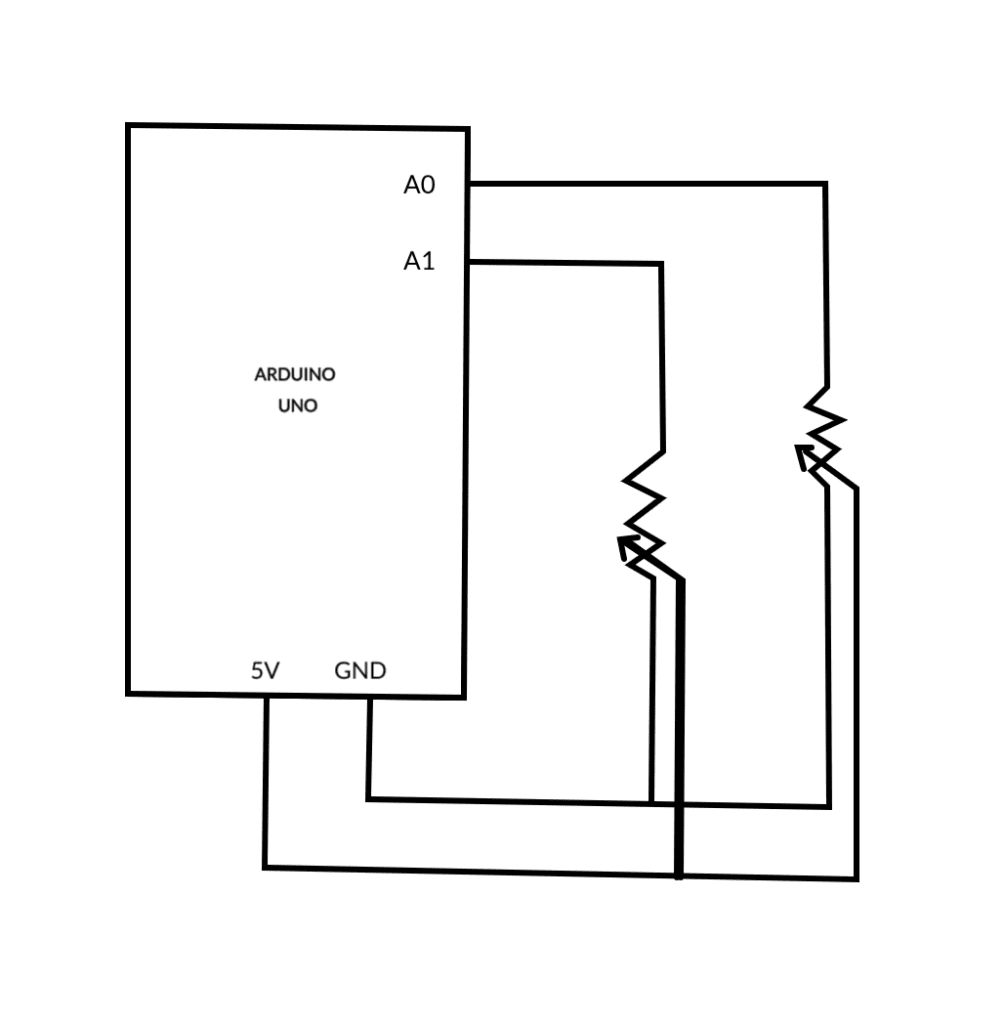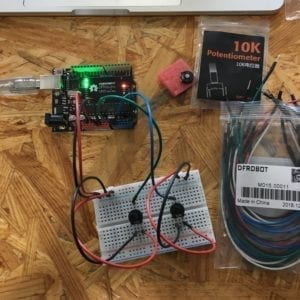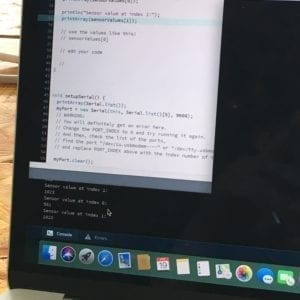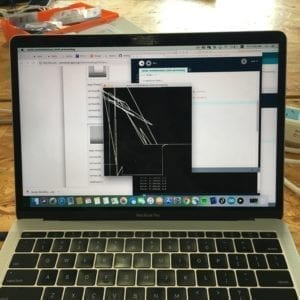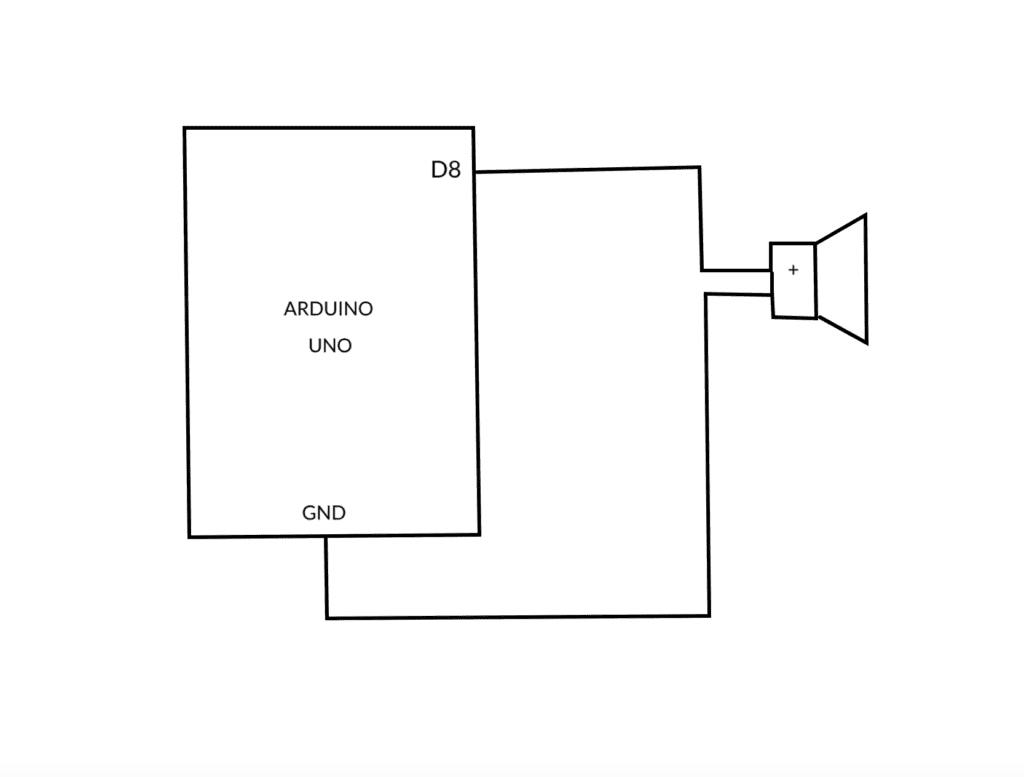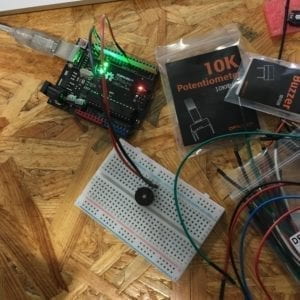Project Title
Spacetime Symphony
Project Statement
For my project, my partner and I want to make an interactive experience in which groups of people could work together to make something creative. After over a day of brainstorming, we decided we wanted to create an audio and visual soundscape from Arduino to Processing. To narrow the scope of our project, we created a moodboard to pinpoint what our vision of the project was going to be. Some projects I was inspired by is Portugal, the Man’s Coachella animations, and teamlab website.
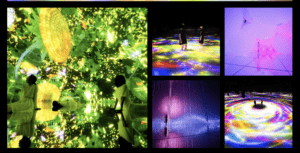

I also explored mathematical patterns you can make in Processing such as Julia sets, Mandelbrot set, starfields, and fractals, as well as the kinds of hues. We also researched into the kind of music we were inspired by such as Tame Impala and Beach House. This research influences my design choices for inspiration for visuals and sounds, how the visuals and sounds will behave, and the intended scale of our project. Through this research, it helped nail down the kind of environment our project will live in.
This project seeks to address how to communicate with others beyond language but with sound, visuals, and movement. It seeks to create a visual soundscape that is unrepeatable like memory and living as easily and naturally as breathing — something everyone can do even without a musical or artistic background.
Project Plan
This project aims to create a visual soundscape that anyone with or without a musical or artistic background can create and in a natural and fun way. For the process, the project will begin in smaller, manageable portions. I plan to focus on 1 manipulable environment with a main background and background audio and then other smaller addable assets and sounds. I first want to create the background and background audio and test it on Processing. After, I want to test if we can manipulate the background or asset with the Arduino to Processing. Each of these steps will be taken one step at a time to ensure that every step has been completed correctly. The project will incorporate various sensors such as the distance sensor, tilt sensor, light sensor, and pressure sensors. Each of these sensors will have a particular behavior it will run when used. For example, some may change the tempo, some may change the pitch, and some will add additional sounds to the soundscape. Some of the visuals will sync with the audio changes which will be manipulated through Processing. These additional elements are dependent on whether the main elements — the background, background audio, and some kind of sound manipulation — are working. The final product will be displayed on a projector and the sensors will be hidden from view, somewhat blended into the environment of the project but visible in front of the projector as a long table that the audience can interact with.
Week 1: Visual and Musical Assets and Pseudo/Demo Code
Week 2: Continue to work on assets, Working Code
Week 3: Combine final assets, code, and test
In order for the project to empathize with the audience, I want to make sure the elements of the project are easy to use, fun to use, and encourage teamwork. Not only will the users be able to create art and music without much thought, but they will be able to create connections by working together to create it. Through this method, the project will be able to bring together meaningful human connection in the real world as well.
Context and Significance
Ultimately, I want to create a project that brings together individuals by creating something very easily and naturally like communication. My preparatory research and analysis made me consider these factors as a priority for my project proposal. Our target audience is most of the general public. I think now we are caught up in a world of fast information and fast interactions, and a lot of those experiences are through text, screens, and skimming. This project aims to bring people together and allow them to slow down and break those barriers of text and speech into something they can take time to create and experience together. Since the visual soundscape can never be replayed like the music and images we can play from Spotify, Youtube, or Apple Music, it also encourages one to experience things in the moment away from traditional communication into an environment that can surround you and allow you to digest moments.
This project might lead into more collaborations with visual art and music. While there is often collaboration with music, with this project, one could create music and visuals at two different places in the world at once. It also encourages creating visual art with more than one person, which is often an individual activity. It will also allow groups of people to be able to communicate they emotions into sound and create an entire environment with their own mere movements. It could also encourage individuals to explore music and art more as people usually have a hard time picking these hobbies up because they don’t know where to begin and think it’ll be difficult when they merely just need to start.


